Canyon Creek Abelia
$79.50 Original price was: $79.50.$55.65Current price is: $55.65.
- Free Shipping over $25
- Fast & reliable delivery options
- Enjoy top quality items for less
- Multiple safe payment methods

We all love to see flowers on our flowering shrubs, and we like to see shrubs with colored leaves too. If we can have both on the same plant, we have a real winner. We certainly get that with the Canyon Creek Abelia, an excellent medium-sized shrub with charming flowers from May to frost, combined with striking foliage, that passes through several color changes over the seasons. Perfect in the middle or back of your beds, and ideal for a hedge too, this reliable and tough plant looks great anywhere in your garden, and it is so easy to care for that you will have lots of time to just sit and admire it.
Growing the Canyon Creek Abelia
Size and Appearance
The Canyon Creek Abelia is an evergreen shrub that grows into a dense mound between 4 and 6 feet tall and wide. Many branches rise from the base, and branch repeatedly, making a solid dome of stems and foliage, with a tight, dense look. The small leaves are about 1½ inches long. They are oval and sit neatly in pairs along the stems. They are glossy and smooth, tapering to a point at the end and always looking clean and attractive. In spring the new leaves are a coppery pink color, turning to a pinkish yellow before settling on a crisp, fresh green for the summer. In fall they turn bronzy pink as the temperatures begin to fall, and they stay that way all through winter. In colder areas some leaves may fall, but in all warm zones this shrub is evergreen, giving your garden a great winter look.
Starting in May and continuing until frost or persistent cold sets in, clusters of flowers form at the ends of each stem. These are in two parts – the actual flower is white to very pale pink, and tubular, with a flaring mouth. It is deliciously fragrant too, which is always a good thing for shrubs to be. At the base of the flower is a star-shaped cluster that resembles a flower (called a calyx). These are colored a charming reddish-pink. These clusters last much longer than the flowers, adding lots of color to the bush for week after week.
Using the Canyon Creek Abelia in Your Garden
This shrub is perfect for giving both structure and color to your beds. In small beds it belongs at the back, where it becomes a colorful backdrop to your other plants. Be sure to allow enough room for its spread of at least 4 feet. In larger beds it can be planted alone or in groups in the middle, between taller shrubs and small trees, with smaller plants in the foreground. If you need informal hedges and boundaries it is a terrific choice, because it is naturally dense, but easily trimmed, if needed, into more formal shapes. It is tough enough to reliably grow in more difficult spots, and it will grow in drier areas that are partially shaded.
If 4 to 6 feet is too large for you, consider a closely related plant, the Rose Creek Abelia, which grows to just 3 feet tall and wide – perfect for places where you want a smaller shrub, and also great for planters and tubs.
Hardiness
The Canyon Creek Abelia is hardy in all the warmer zones from zone 6. In cooler areas it may lose some leaves in winter, but normally it is evergreen. Even if some of the stems die back a little in a cold winter, this plant will quickly regenerate and soon be looking great again.
Sun Exposure and Soil Conditions
This very adaptable plant grows well in full sun, but it does almost as well in partial shade, with just a few hours of direct sun each day. It will grow in any well-drained soil, doing best in moist, richer soils, but still looking great even if your soil is not so good. Once well-established it is drought resistant and it can be grown in drier parts of the garden.
Maintenance and Pruning
A light trim in fall (or early spring in colder zones) is usually all that is needed to keep this plant attractive all year round. Shorten back any very long shoots to keep it compact. Old plants can have a few of the oldest branches removed to renovate it. Remove about one-third of the remaining branches at the same time. You can also trim it like a hedge, but you may lose some of the flowers if you do that regularly.
This plant is generally free of pests or diseases, and it is low-maintenance and easy to grow. It is usually ignored by deer.
History and Origin of the Canyon Creek Abelia
Most Abelia come from China, and they were first seen by Europeans in the early 19th century. Since then they have been popular plants in warmer gardens around the world. The vigorous plant called Abelia x grandiflora is a hybrid created around 1886 in northern Italy, at the Rovelli nurseries in Pallanza, on Lake Maggiore. It is a cross between Abelia chinensis and Abelia uniflora, and a popular plant which flowers over a very long period. The variety called ‘Canyon Creek’ was discovered at the Center for Applied Nursery Research in Dearing, Georgia, part of the University of Georgia. In 1997 Dr Michael Dirr’s team planted a group of 12 different types of Abelia plants that were currently being grown in gardens. There were several varieties of Abelia x grandiflora, and some varieties of Abelia chinensis as well. They collected seed from these plants and grew the seedlings. To begin they picked out 32 of the most interesting, and from them they later chose both ‘Canyon Creek’ and ‘Rose Creek’ to introduce to gardeners.
Buying the Canyon Creek Abelia at The Tree Center
We love to be able to offer the best to our customers, and the Canyon Creek Abelia is without doubt one of the best varieties available. Don’t waste your time and garden space on cheap, unnamed shrubs – always choose the best, you won’t regret it. But do it quickly, because the best always sell first, and these plants will soon be gone.
Be the first to review “Canyon Creek Abelia” Cancel reply
Related products
Ornamental Grasses
Rhododendron
Drift® Roses
Butterfly Bush
Hydrangeas
Other Shrubs & Hedges
Boxwood Shrubs
Lilacs

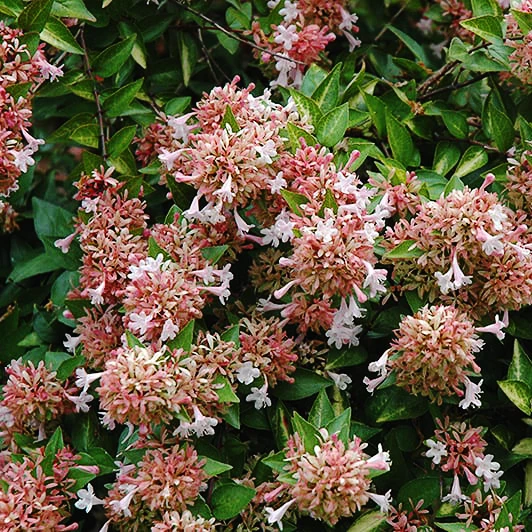

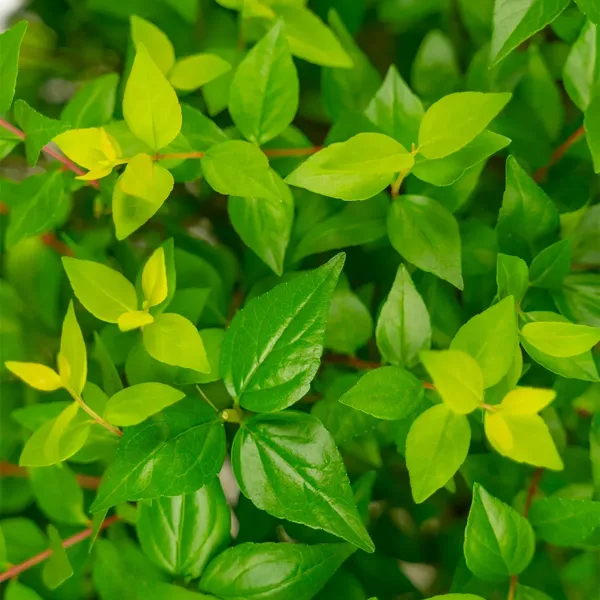
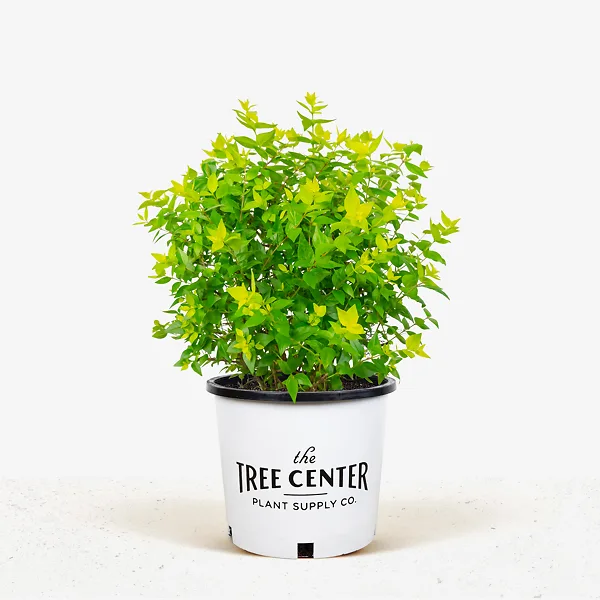
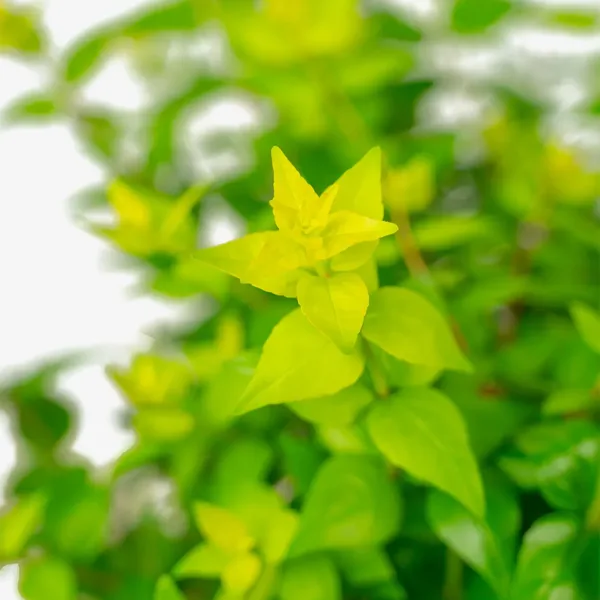
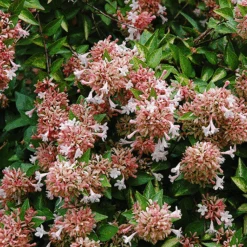



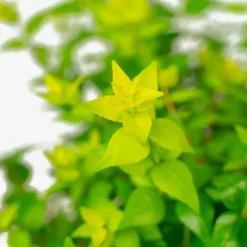
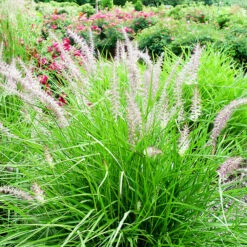
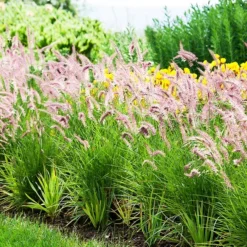
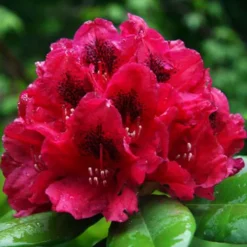

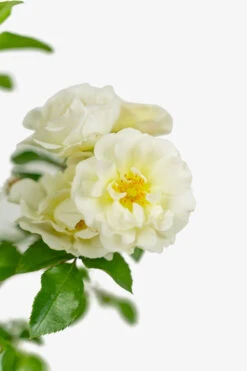
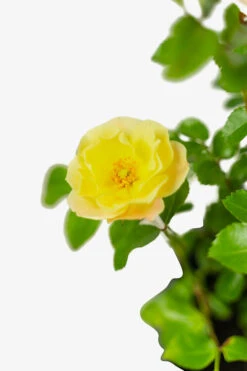




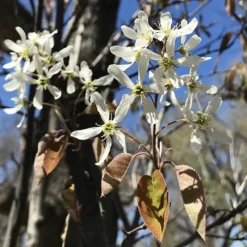

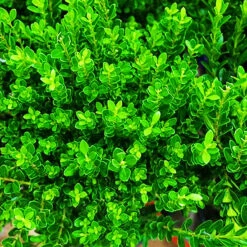


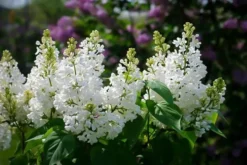
Reviews
There are no reviews yet.